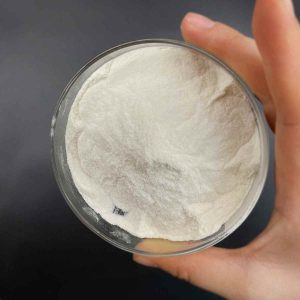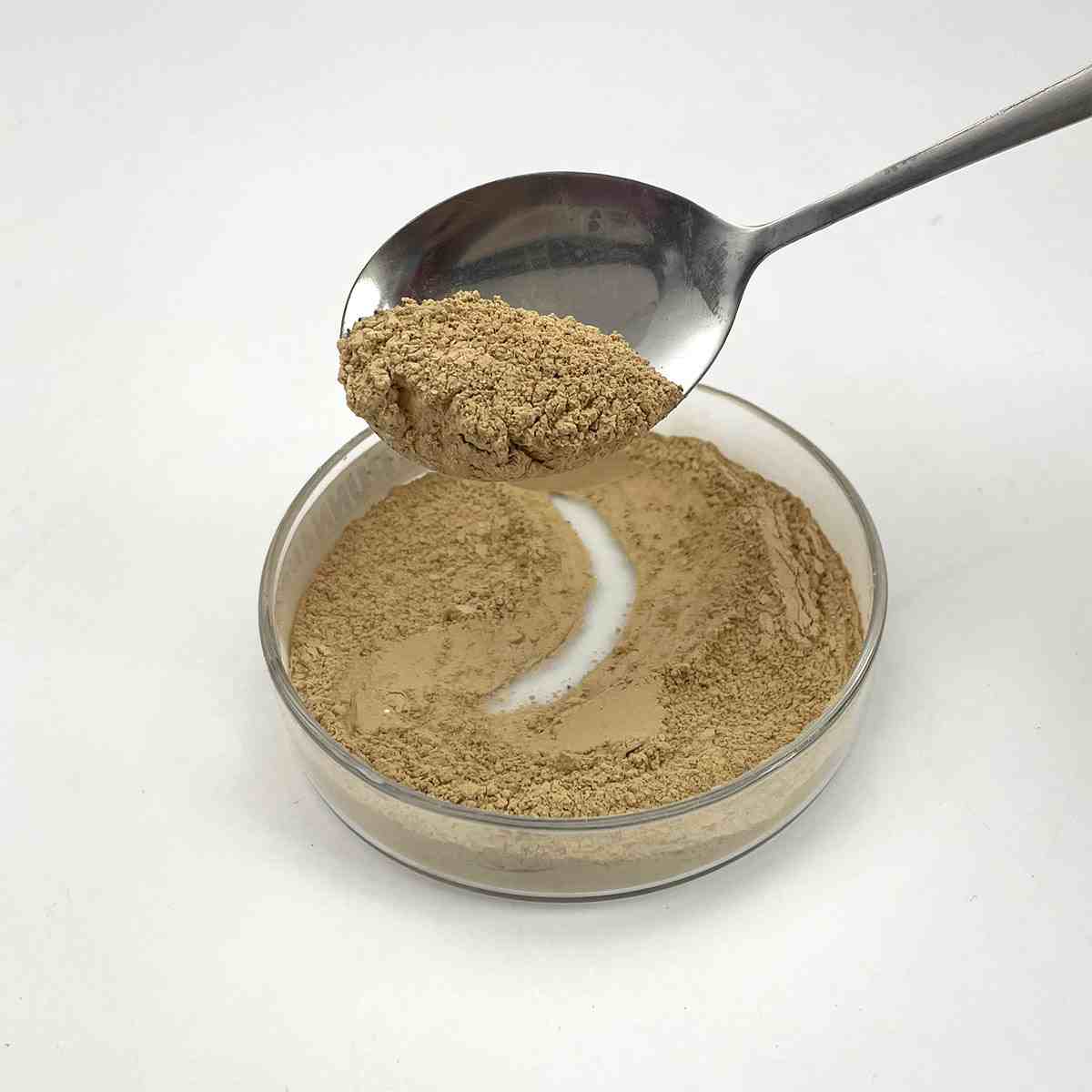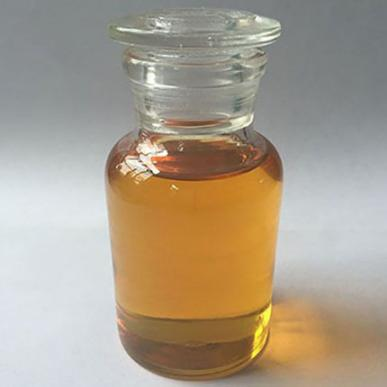1. Introduction
In the past 48 hours, agrochemical innovators have spotlighted a breakthrough in herbicide delivery systems that rely on tailored surfactant blends—including sodium lauryl sulfate—to boost weed control in drought-stressed crops. As climate volatility challenges traditional farming, the demand for high-efficiency adjuvants has surged, pushing sodium lauryl sulfate (also known as sodium dodecyl sulfate or SLS) into the spotlight far beyond shampoos and toothpaste.

While most consumers associate SLS with foaming in personal care items, its real power lies in its surfactant properties—specifically its ability to reduce surface tension and enhance wetting. This makes it invaluable in agricultural applications where uniform coverage and rapid absorption of active ingredients are critical.
2. Sodium Lauryl Sulfate as a Surfactant for Herbicides
A surfactant—short for ‘surface-active agent’—is a compound that lowers the surface tension between two substances, such as water and plant cuticles. The meaning of surfactant in agriculture centers on improving the performance of pesticides and herbicides. Sodium lauryl sulfate, an anionic surfactant, excels here due to its strong wetting and emulsifying capabilities.
When added to herbicide sprays, SLS sodium lauryl sulfate helps the solution spread evenly across waxy or hairy leaf surfaces that would otherwise repel water. This ensures the active weed-killing ingredient penetrates effectively, increasing kill rates and reducing the need for repeat applications.
3. How SLS Compares to Other Surfactants in Weed Control

Not all surfactants are created equal. In herbicide formulations, sodium lauryl sulfate often competes with or complements alternatives like methylated seed oil (a common oil-based adjuvant), alkyl polyglucoside (a bio surfactant derived from sugar and coconut), and non ionic surfactant types such as polysorbate 80 or ethoxylated alcohol.
- Anionic surfactants like sodium lauryl sulfate and sodium dodecylbenzene sulfonate offer strong detergency and wetting but can be sensitive to hard water.
- Nonionic surfactants like coco glucoside or pluronic 127 are less affected by water hardness and often used in blends for stability.
- Cationic surfactants such as cetyl trimethyl ammonium bromide (CTAB) are rarely used in herbicides due to phytotoxicity risks.
- Amphoteric surfactants like cocamidopropyl betaine (also called coco betaine or amidopropyl betaine) are mild and often used in personal care but less common in agriculture.
Interestingly, sodium lauryl ether sulfate (also labeled sodium lauryl ether sulphate or SLES) is sometimes confused with SLS, but it’s milder and less effective as a wetting agent for herbicides. Similarly, sodium laureth sulfate (or laureth sulphate) is optimized for foam, not field performance.
4. Real-World Use: SLS in Lawn and Crop Applications
Farmers and landscapers increasingly use SLS as a lawn wetting agent or wetting agent for grass, especially in hydrophobic soils where water beads up instead of soaking in. In these cases, sodium lauryl sulfate helps herbicides—and water—penetrate dry thatch and reach target weeds.

For example, when mixing glyphosate-based weed killers, adding a small amount of SLS sodium can dramatically improve efficacy. Unlike methylated seed oil, which works by dissolving cuticular waxes, SLS primarily enhances droplet spreading and adhesion. Some commercial blends even combine SLS with bio surfactants like decyl glucoside or sodium cocoyl glutamate to balance performance and environmental safety.
Manufacturers like Rohit Surfactants Private Limited now offer sodium lauryl sulfate for sale specifically formulated for agrochemical use, meeting purity standards that avoid contaminants harmful to crops.
5. Environmental and Safety Considerations
While effective, sodium lauryl sulfate isn’t without concerns. It’s biodegradable but can be toxic to aquatic life at high concentrations. This has spurred research into greener alternatives like alkyl polyglucosides or lignin sulfonate, which offer similar wetting with lower ecotoxicity.
It’s also worth noting that SLS should not be confused with sodium lauroyl sarcosinate, sodium cocoyl isethionate, or sodium deoxycholate—these are milder surfactants used in cosmetics or pharmaceuticals, not agriculture. Similarly, fluoro surfactants or span80 serve highly specialized roles and aren’t typical in herbicide mixes.
For those seeking natural options, coco sodium sulfate (often a blend of sodium coco sulfate and other coconut-derived surfactants) is gaining traction, though it generally lacks the raw wetting power of pure SLS.
6. Conclusion
Sodium lauryl sulfate may be best known for its role in your morning shower, but its niche application as a surfactant for herbicides is transforming modern weed management. By enabling better coverage, faster uptake, and more efficient use of active ingredients, SLS sodium lauryl sulfate proves that even familiar chemicals can have cutting-edge uses. As sustainable farming evolves, expect to see smarter blends of anionic, nonionic, and bio surfactants—anchored by workhorses like SLS—to meet the dual demands of efficacy and environmental stewardship.
Our Website founded on October 17, 2012, is a high-tech enterprise committed to the research and development, production, processing, sales and technical services of ceramic relative materials such as How. Our products includes but not limited to Boron Carbide Ceramic Products, Boron Nitride Ceramic Products, Silicon Carbide Ceramic Products, Silicon Nitride Ceramic Products, Zirconium Dioxide Ceramic Products, etc. If you are interested, please feel free to contact us.


